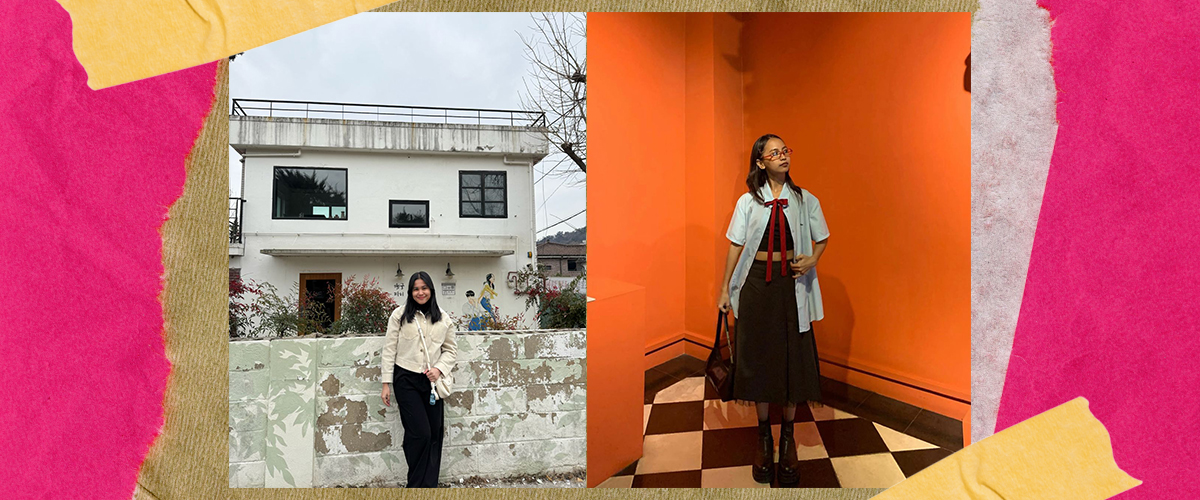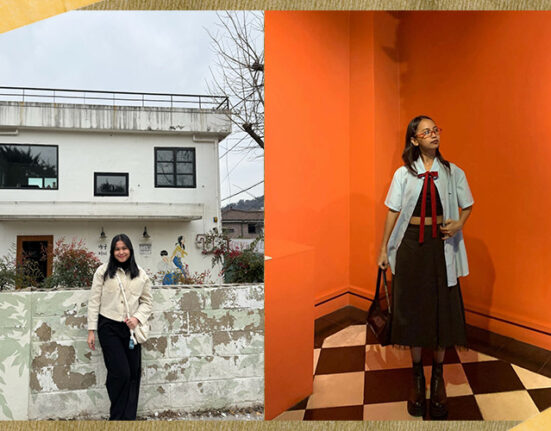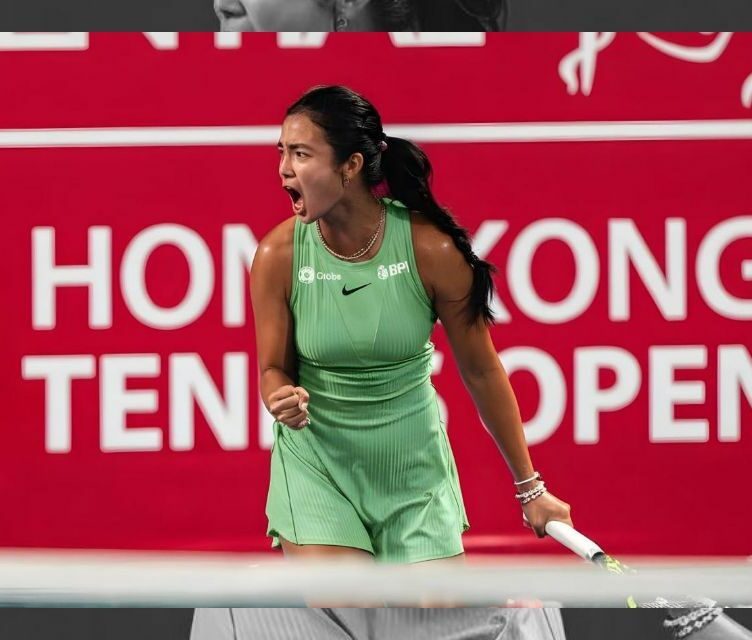“FLORALS? For Spring? Groundbreaking.” The iconic Miranda Priestly line from the movie The Devil Wears Prada pokes fun at fashion clichés, but the real “groundbreaking” culture that we have is ukay-ukay. Thrift shops have always been present, aside from the popular thrift shops in Anonas, Cubao, or Quiapo, ukay-ukay stores found in your local areas are often the go-to spot for discovering good finds and pieces.
Racks of second-hand clothes catering to budget-conscious individuals or sustainable advocates have turned into a Gen Z fashion movement. Ukay-ukay culture transformed a space for self-expression. However, despite the hype, comes the question: is ukay-ukay sustainable, or is it just a phase of fast fashion for young people?
Why Ukay Culture is Alive and Thriving
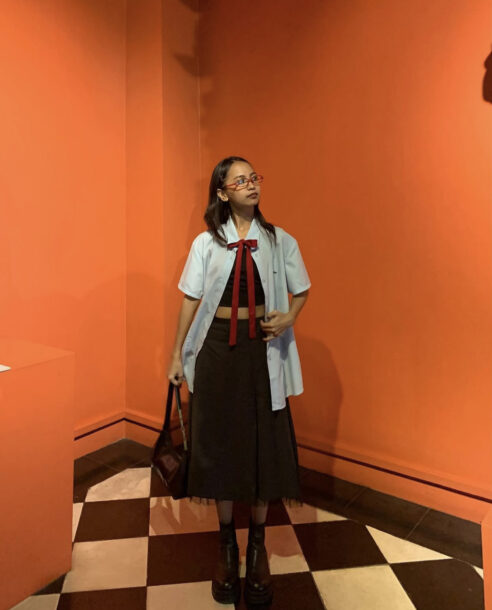
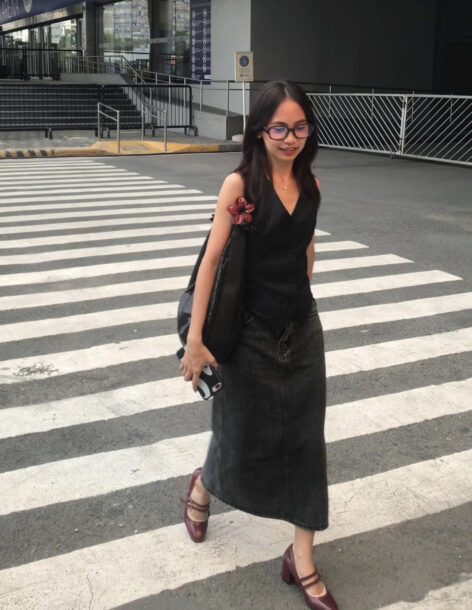
Asia Dela Cruz, 20, is a thrift shop enthusiast. She loves exploring ukay-ukay stores because she gets to experiment with her wardrobe and fashion style. It’s an exciting opportunity for her to express her individuality. It feels more personal and creative to thrift than to buy mainstream pieces that almost everyone else is wearing. Thrifting allows her to mix and match, making her fashion statement reflective of her personality.
“I also really like the idea of giving clothes a second life instead of always buying new ones, so most of my pants, skirts, and tops are from thrift shops,” Dela Cruz shared RepublicAsia.
Alysa Solidum, 22, is also a frequent shopper in ukay-ukay. Thrifting clothes is her go-to when she needs clothes right away, but still affordable and stylish. For Alyssa, ukay-ukay is a place where you can find inexpensive clothes that prove they can match, sometimes outshine, clothes found in department stores. Ukay-ukay goes to show you don’t need to spend big to look fashionable. You just need a sharp eye to spot rare finds.
For Gen Zs, ukay is more than cheap finds; it’s about self-expression and creativity that lasts. Thrifted clothes can be quirky, bold, formal, or vintage, and each piece reflects a look curated for one’s personality.
Is Ukay-Ukay Changing the Fashion Landscape?
Fast fashion is one of the contributors to textile waste and industry-related environmental concerns. Thus, many young people associate ukay-ukay with sustainability, because buying second-hand means you’re helping to reduce the textile waste problem. Thrifting has become a popular alternative option for people who want a more eco-friendly choice to shop.
“By choosing to buy secondhand, we reduce the demand for fast fashion, which slows down production and lowers pollution. It’s a step toward a more eco-friendly and sustainable way of shopping,” Dela Cruz emphasized.
Saki Olimba, a 20-year-old who enjoys ukay-ukay, believes that thrift products promote recycling instead of discarding clothes. It helps reduce waste and minimize the impact of pollution on the textile industry costs the environment.
While ukay promotes reusing, it still has quite flaws. The habit of overconsumption still lingers. Because thrift items are low-priced, some buyers purchase in bulk and resell them in curated boutiques, increasing the price significantly. With this, it only mirrors the same consumerist cycle fast fashion created, and the rise of competition in curated thrift shops becomes more apparent, raising concerns of accessibility to those who truly depend on it.
Olimba acknowledges that ukay-ukay can be a good source to earn income. However, overpricing thrift items defeats the purpose of making them affordable and accessible to customers, especially those who rely on low-cost fashion.
When people overconsume ukay items, the purpose of sustainability is threatened and undermined by a profit-driven motive rather than making it convenient for people.
Sustainable and Mindful Thrifting
Despite the threats and challenges, Solidum still finds excitement and thrill whenever she goes for ukay.
“May makikita’t makikita ka doon na [parang] “gem” sa ukayan kasi ‘yung design ay sobrang unique, vintage, tapos maganda pa ‘yung quality and mura pa,” Solidum told RepublicAsia.
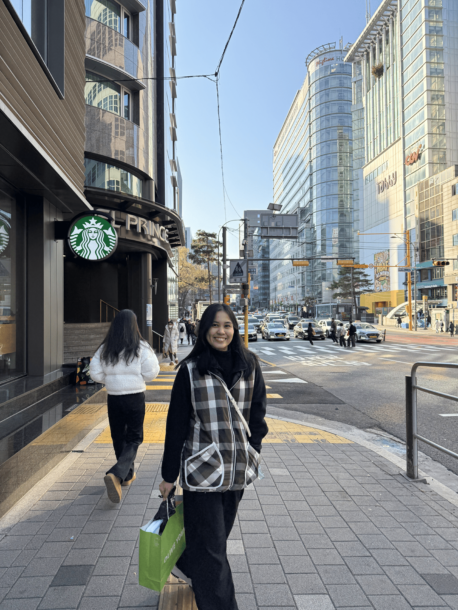
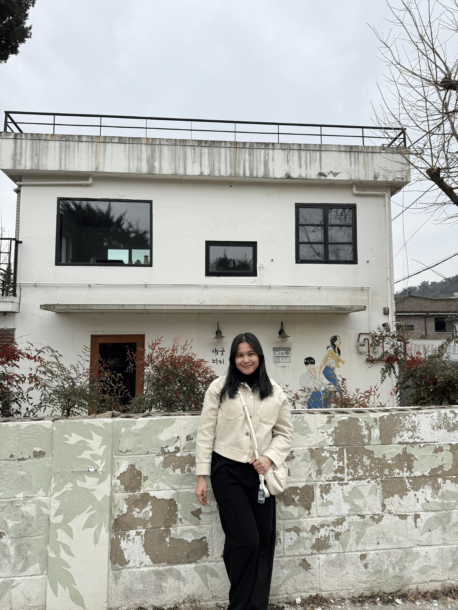
To Solidum, ukay-ukay is a statement against fast fashion. She wants young people to explore beyond their fashion style while being mindful of the environment. She is aware that clothes that are mass-produced by some brands often end up not being consumed and just harm the environment. She believes that thrift items allow a space to discover and create a fashion sense while helping the environment.
Ukay, being eco-friendly, still depends on how consumers approach it. Pre-loved clothes are definitely sustainable than fast fashion, but doing it mindfully is the key. But sustainability doesn’t simply stop at buying secondhand. It comes with responsible consumption and making the most of every piece you own.
“Thrift items not because they’re trending at the moment, but for their affordability and versatility,” Olimba shared RepublicAsia.
Olimba firmly believes that classic items are timeless. It can be worn in different ways and occasions. Classic pieces point out that you don’t need excessive clothes to stay stylish. Focusing on quality and versatility is the key to building your wardrobe. She encourages young people to buy what they will really use instead of hoarding.
While Dela Cruz encourages young people to be mindful of their purchases. Impulsive buying is counterproductive and not sustainable for the environment. For her, there’s a call for consuming with consciousness. She believes sustainability is being mindful of how we use and value what we choose to own.
“So just like what I said, be intentional sa mga binibili mo. Hindi porket mura o trendy, bibilhin agad. Ask yourself if magagamit mo ba ‘yung mga bagay na bibilihin or may purpose ba siya para bilihin. Kung wala, that’s impulsive buying and magiging dagdag basura lang din sa huli,” Dela Cruz stressed.
Indeed, ukay-ukay has become a ground for Gen Zs to express their creativity and individuality. While it offers a budget-friendly price and an alternative way of buying a wardrobe, what matters the most is that it contributes to the growing awareness of sustainability in the younger generation. In the end, ukay-ukay should be patronized with the intention of being mindful and caring for the environment. What’s more “groundbreaking” is how we create conscious choices every time we shop.
With reports from Eunice De La Cruz
How useful was this post?
Click on a star to rate it!
Average rating 5 / 5. Vote count: 3
No votes so far! Be the first to rate this post.
We are sorry that this post was not useful for you!
Let us improve this post!
Tell us how we can improve this post?

